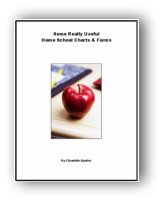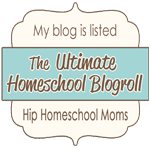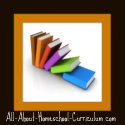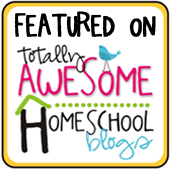Home School Reading Programs
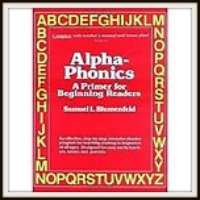
There are several different types of home school reading programs varying in cost and features. Some have verysimplistic, black-and-white drawings or no pictures at all. Some are colorful and include flash cards, songs, and other aids.
And, of course, there are the more expensive types with all the "bells and whistles" and features such as those found in a traditional Abeka reading series.So, the question that has to be asked then is, "Whether it is better to go with an expensive curriculum or can your child learn to read with a basic, low-cost, phonics system?"
A Few Examples
- Alpha-Phonics – is a self-contained resource that teaches reading through phonics drills and passages that increase in difficulty
- Victory Drill Book – is a hard cover textbook that also have a companion teacher's guide with supplemental exercises, too
- ABeka Reading - their curriculum starts at the nursery level and uses many books and teaching charts
- Sonlight's I Can Read It – is a softcover all-in-one resource that teaches children to read with phonics
- CCP Phonics Drill Reader – is a product from Christ Centered Curriculum that teaches reading through drills, phrases, and eventually longer passages
Other Options
In addition to these and other types of home school reading programs, there are other options that can teach children to read. Some of them include: "living books," library resources, flashcards, and whatever seems to work for you and your child.
Necessary Steps
Basically, when getting ready to teach a child to read, the steps that have worked for me have been to teach alphabet names and sounds, teach vowels, teach blends, add sight words, teach spelling patterns/families, and quickly start reading. I read to them and have them read to me, a lot.
As soon as my child is capable of sounding out "at," I have them start reading the entire "-at" family. They are so delighted to be able to read cat, fat, hat, rat, and sat for themselves now.
Reading does not equal answering comprehension questions at this time. I will introduce that skill later. For now, I just require them to read and gain confidence. I also model reading for our children by allowing them to see me reading for pleasure as well as for information, as much as possible.
Whichever homeschool reading program you choose, it is extremely important that you consistently use it to be successful in teaching your child. From simply using flashcards and a reader to the most expensive system, all resources will require a diligent effort on your part to get the job done.
Go back to Homeschool Curriculum Page
Return from Home School Reading Programs to Homeschool Curriculum
Home Page



